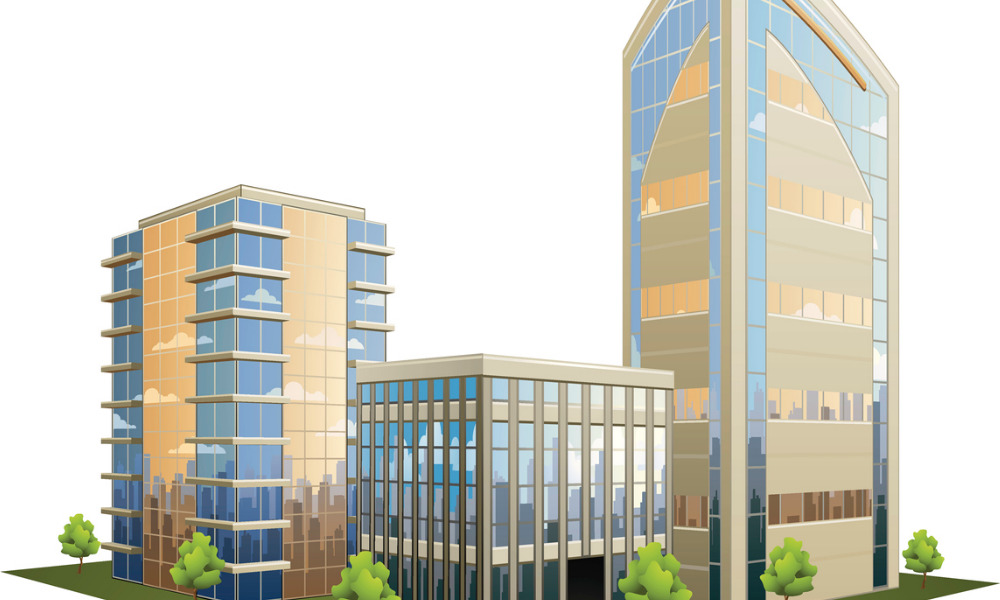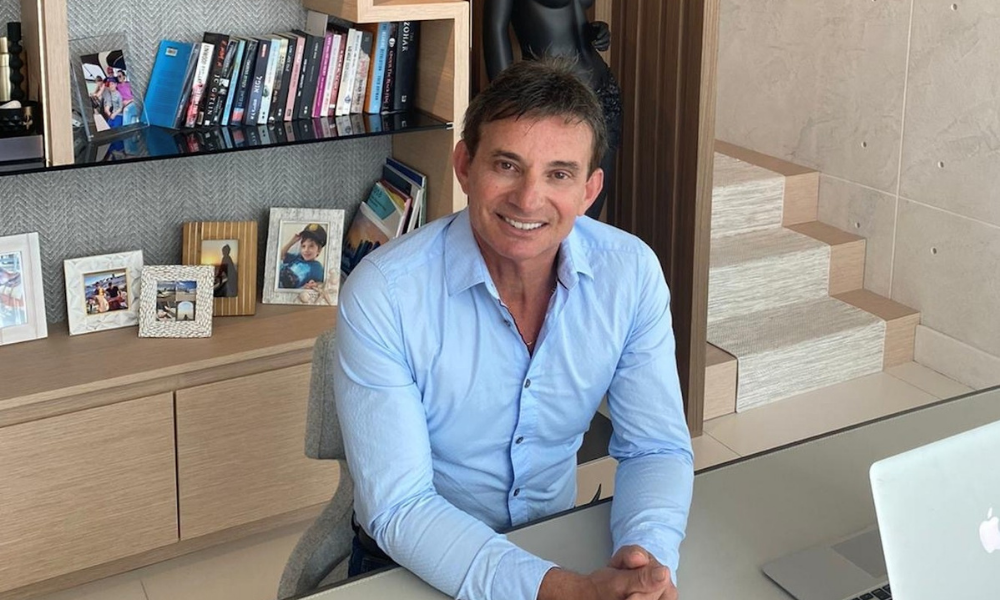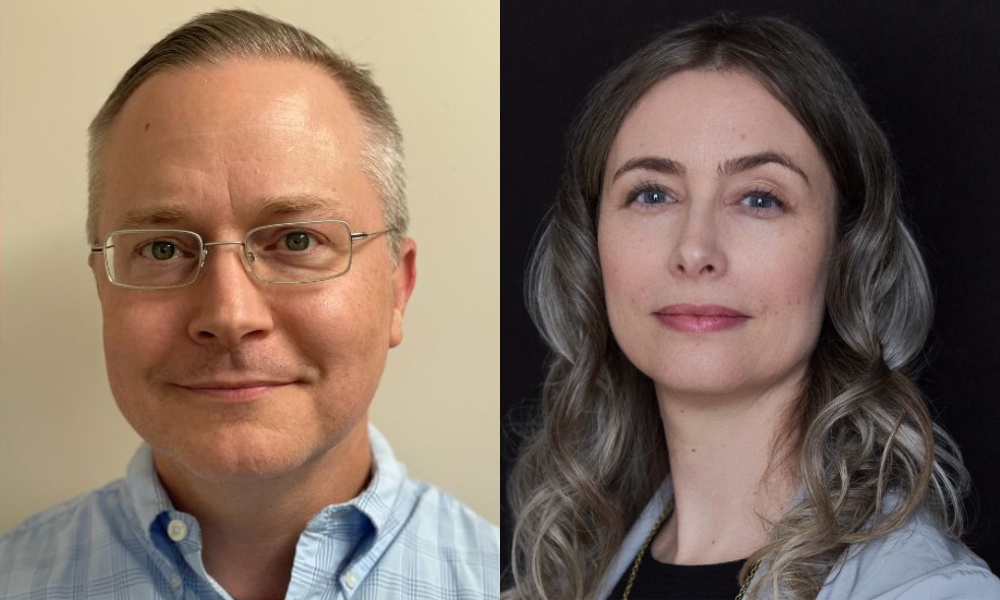Many workers concerned about air and water quality

While many employers are bringing workers back to the office as the pandemic threat lessens, a new survey shows that many people are still concerned about the conditions inside.
Almost three-quarter (73 per cent) do not consider the indoor air and water as being safe in office buildings, condominiums and hotels, which might give some pause to those looking to rush back workers. And 51 per cent are concerned about the water quality in terms of their own health.
Sick building syndrome
“Sick building syndrome, according to the World Health Organization (WHO), recognizes the syndrome in buildings that at least 20 per cent of the occupants complain of the same illness: it can be headache, it can be diarrhea, it can be gastrointestinal illnesses,” says Gil Blutrich, founder and CEO of Clear, an air and water purifying company in Toronto.
“According to the World Health Organization, close to 40 per cent of the building structures in North America are considered sick.”
The U.S. Environmental Protection Agency (EPA) found in 2019 that sick building syndrome costs the economy almost $60 billion in lost productivity due to people becoming ill. “There is a major cost that until now nobody really deeply dealt with indoor health,” says Blutrich.
The survey of 1,165 participants in Canada and the U.S. also found that only 32 per cent of respondents believed the indoor water quality was extremely or very safe and 83 per cent believed that their employer should pay for safe water.
“It’s definitely a ‘show us’ at the management level, the demand, and this is basically the wave of the future, for our communities,” says Blutrich.
Because humans spend around 90 per cent of their time indoors, air quality is key to good health and the design of many office buildings might be to some employee’s detriment, he says.
“In some of the buildings, there is a major issue with the air quality especially when in office buildings, many of them do not have windows that open so the occupants do not have natural disinfectors that we have in the air outside.”

Gil Blutrich
This design means that people are constantly breathing in return air all day long, he says.
“In every building, in every 15 floors, there is usually one source of fresh air that goes between the floors so it’s almost like [being] in an airplane or in a cruise ship, it’s all internal. We have the pathogens: bacteria and viruses, they’re traveling through the air [and] affecting our health; it can be from simple headaches to viruses.”
Indoor air quality has become that much more important amid the pandemic, says another expert offering recommendations.
Old infrastructure
New York experienced water problems due to old infrastructure.
“When it started to run through the pipes in New York city, the average age of the piping is over 100 years old so when the pipe started to rust, only 75 per cent reached the building, the rest disappeared, dissipated through a hole in the system.”
This produced a problem called the “last mile syndrome,” says Blutrich, where the water is coming out and pathogen and bacteria is coming in.
Technology such as Clear can produce water that is 99.9 per cent pure, he says.
“Real estate owners of different buildings, in order to elevate the consumer confidence, their employee’s confidence, and give them the confidence and that the work environment is safer and healthier, this is one of the very first moves that they need to do.”
Health in buildings will become a much more top-of-mind issue in the coming years, says Blutrich.
“Prevention is much better and cheaper than medication of other illnesses. So let’s focus on prevention, and not in how to cure the people from the illnesses that we are giving them in buildings.”
The safety of people while inside buildings has been a crucial consideration as the health crisis continues, according to another expert.




